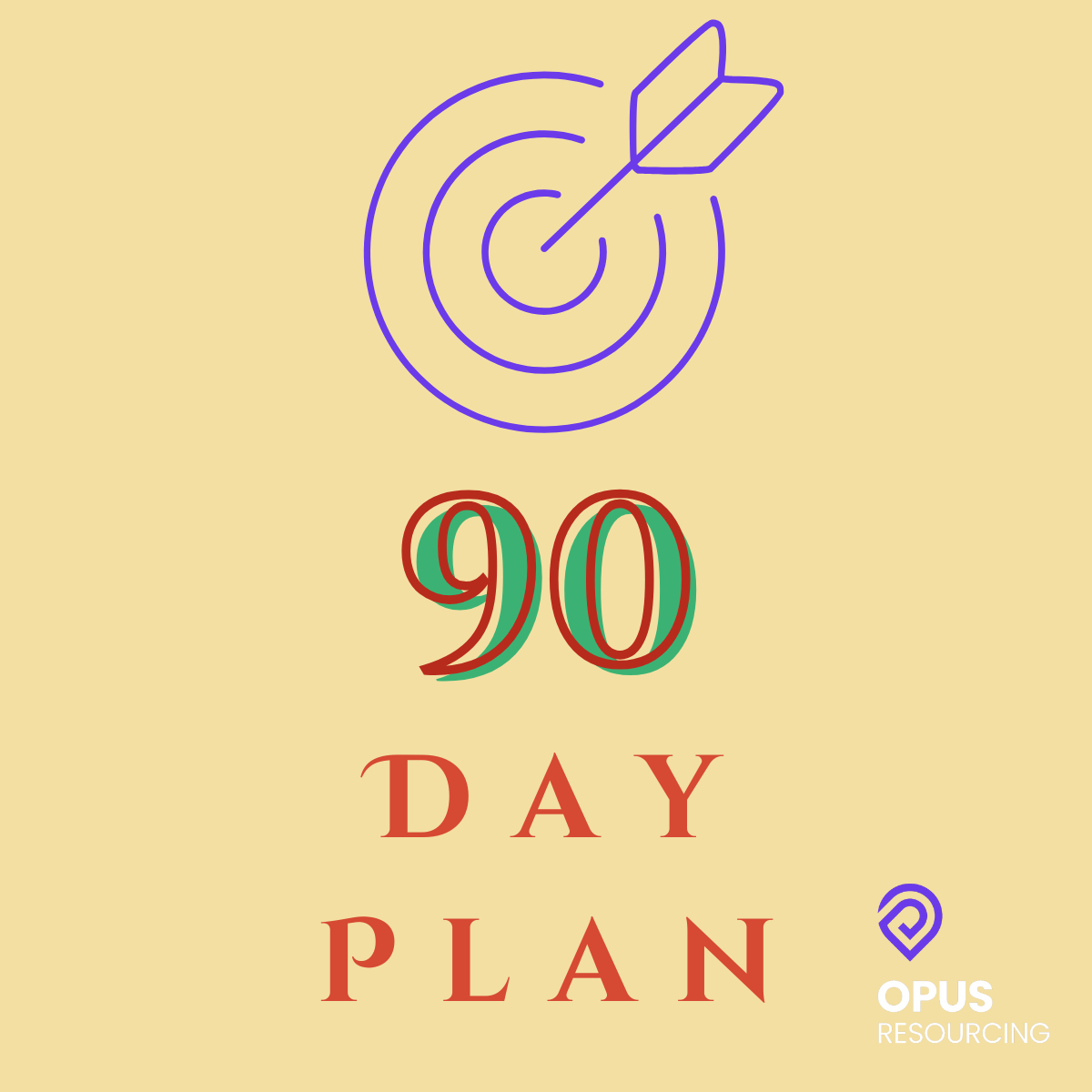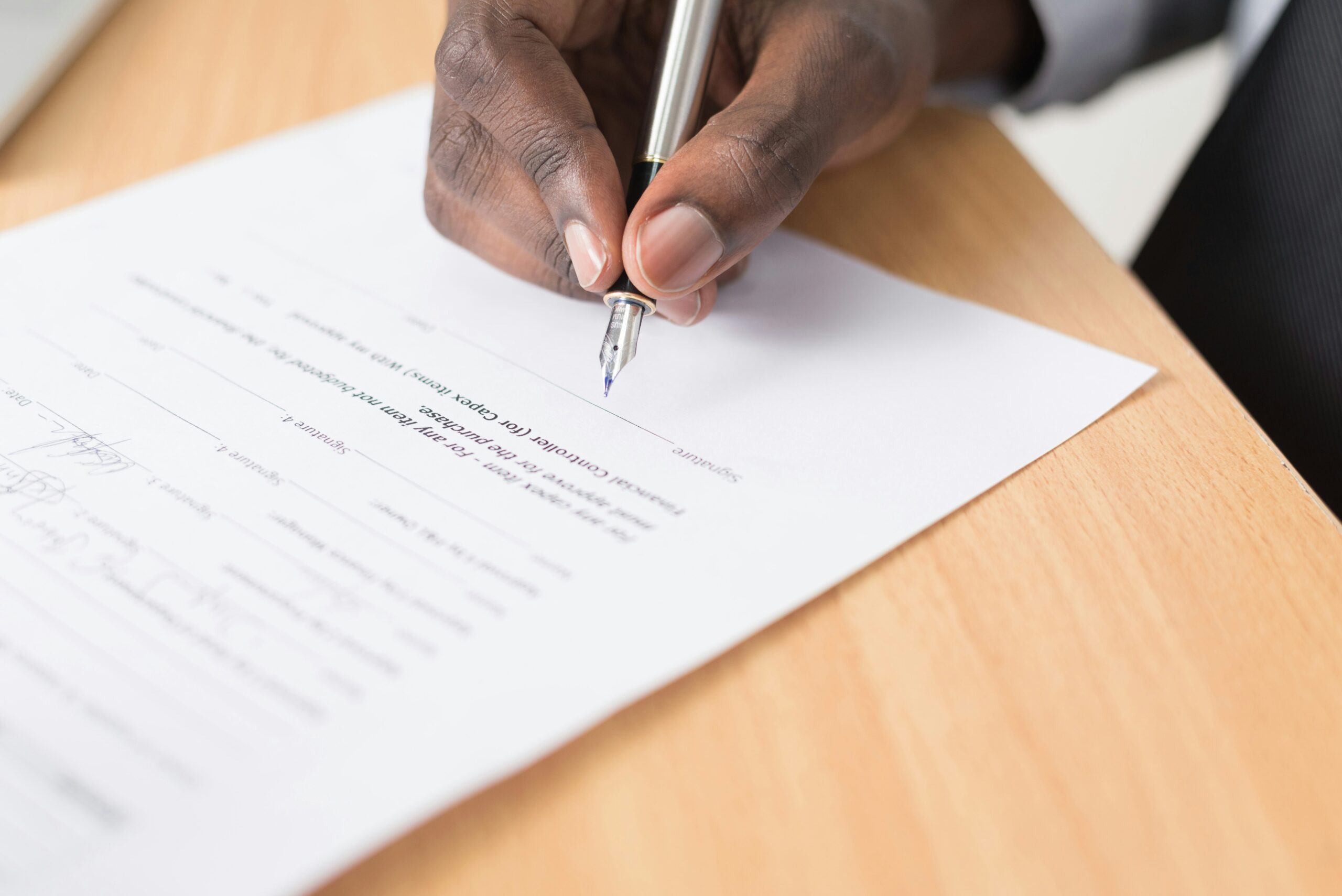
How Mental Health Support Attracts The Best Tech Talent
How Mental Health Support Attracts The Best Tech Talent
A few years ago, tech wellbeing initiatives – particularly those focused on mental health- were often seen as “nice-to-have” perks. Now, countless studies show that focusing on well-being is becoming a core recruitment differentiator.
In an environment where 87% of companies are experiencing skill gaps, well-being programs are helping organisations navigate talent shortages and reduce hiring time by showing candidates that employers care about their health.
Prioritising wellbeing doesn’t just help attract talent; it significantly improves retention rates. In sectors like the professional services industry, where turnover rates reached a massive 63% in 2022, well-being programs can help mitigate issues with burnout and dissatisfaction that cause crucial employees to abandon ship.
Ultimately, in 2025, mental health support isn’t just a benefit – it’s a business imperative.
The Evolution of Wellbeing in Tech
In the last decade, workplace well-being programs have undergone a massive shift. In the 1960s and 70s, companies started experimenting with simple perks, like employee fitness centres and gym memberships, designed to boost physical health and reduce absenteeism.
Recently, however, well-being initiatives focused on physical and mental well-being have become increasingly important. Workplace demands have increased, leading to higher levels of stress and burnout among employees. Global challenges, from pandemics to economic issues and political instability, have created a whirlwind of mental health issues for staff.
As a result, holistic well-being initiatives have become a priority for virtually all tech candidates. According to SHRM, around 76% of professionals consider mental health benefits to be “critical” when they’re considering new roles. Other studies show that up to 97% of employees believe their employer is responsible for supporting their well-being.
Embracing comprehensive well-being programs helps companies adapt to changing candidate priorities (particularly among younger professionals) and is crucial in tackling various evolving workplace challenges.
According to Gallup, only around 31% of employees are actively engaged at work, and that disengagement is often exacerbated by burnout and stress. Plus, keeping staff members motivated, productive, and engaged is becoming increasingly difficult, as tech businesses face mounting issues with resource management, team coordination, and rising project pressures.
Employers who recognise the growing importance of mental health and well-being support can address these issues, creating an environment where teams thrive in the face of new challenges.
The Data Behind the Wellbeing Advantage
Employee well-being programs and solutions that support mental health improve team members’ “quality of life” at work. They also directly impact business performance, reducing recruitment and turnover costs and enhancing productivity.
When it comes to attracting tech talent, well-being programs give employers a significant edge – particularly among new cohorts of employees. For instance, 58% of millennials and 54% of Gen Z workers view these programs as essential when choosing a role.
From a retention perspective, research from Forrester shows that as mental health challenges increase among employers, 79% say they would be more likely to stay with a company that offers mental health support. That means embracing the well-being advantage can significantly reduce the costs of recruiting and replacing team members.
Beyond that, a focus on mental health and well-being improves overall team performance. Wellness initiatives have been linked to an up to 23% increase in productivity in some sectors, as employees using them are typically more focused and motivated.
Increased productivity and well-being also lead to better team performance and collaboration. That means businesses benefit from more creative, innovative, and adaptable teams that can delight candidates more effectively and consistently deliver exceptional project outcomes.
Plus, well-being programs contribute to a more “predictable” workplace by reducing unexpected absenteeism and turnover, ensuring that initiatives can move forward without disruption.
Building a Wellbeing-Centred Recruitment Strategy
As companies look forward to the future, it’s becoming increasingly crucial for them to recognise the importance of robust mental health support and holistic well-being programs. Without the right strategy, you don’t just risk losing out on top talent – you could face higher turnover rates, increased costs, and reduced productivity.
So, how do you build a well-being-focused recruitment strategy?
Step 1: Define What Candidates Really Want
First, understand what today’s candidates are looking for from an employer. They’re not just prioritising competitive salaries anymore. They need evidence that their employer values work-life balance and good mental health.
Candidates are actively searching for companies that offer flexible and hybrid work arrangements, mental health days, and flexible time-off policies. They’re looking for comprehensive health benefits, including mental health coverage or stress management resources.
They also want to see evidence of a well-being-focused culture where clear boundaries are respected, and workloads are distributed fairly among team members. Research what matters to your candidates today, and be prepared to adapt.
Step 2: Auditing and Enhancing Current Wellbeing Programs
Review your current well-being initiatives once you’ve identified what tech candidates want. Gather feedback from staff using employee surveys and dive deeper into the policies and benefits you currently use. Are you focusing too heavily on physical health and ignoring issues like stress and emotional health support?
Do your supervisors and managers need additional training to ensure they can effectively contribute to a supportive, inclusive, and respectful work environment? How effective are your current strategies at reducing stress and burnout, based on the insights you get from staff?
Find the gaps you need to fill and develop a clear, well-being-focused value proposition that addresses how your initiatives support all aspects of employee health.
Step 3: Communicating Your Wellbeing Focus
After developing a well-being-focused value proposition, you need to articulate it effectively. Update your website and social media pages with content that draws attention to your programs, policies, and benefits.
Ask employees to share their “well-being success stories” on your website, through their social media channels, digital forums, and job review sites. Update your recruitment materials, such as job descriptions, to spotlight your focus on mental health support.
Additionally, train interviewers and recruitment teams to ensure they can authentically portray your tech company’s well-being culture and initiatives.
Step 4: Commit To Continuous Improvement
Well-being challenges and your employees’ priorities will continue to change in the years ahead, and you’ll need to be ready to adapt. Take a proactive approach to gathering data about the impact of your well-being strategies. Monitor key metrics related to employee engagement, retention rates, and absenteeism.
Encourage team members to share their thoughts on the benefits and downsides of your well-being strategies and ask them for suggestions on improving. Adjust your programs based on that feedback and data, and continue to evolve.
That way, you’ll show your employees you value and respect their input and give yourself a competitive edge when differentiating your company from other employers.
Case Studies: Wellbeing as a Competitive Advantage
Many world-leading companies have already embraced the well-being advantage, inside and outside of the tech industry – and they’re seeing incredible results. For instance, the global software company SAP offers a comprehensive well-being program focusing on mental health support, flexible work, and stress management. This initiative has led to increased employee engagement and reduced team turnover rates.
Innocent Drinks has taken an innovative approach to its well-being initiatives, running training courses on mental health (for both employees and managers) and creating a “People Clinic” where people can go whenever they need help with personal or work-based issues.
Johnson & Johnson even famously revealed that, based on their calculations, their well-being programs have saved the company more than $250 million in healthcare costs and turnover expenses over a decade.
Wellbeing: The Must-Have Recruitment Advantage
Well-being and mental health support aren’t just nice-to-have perks anymore. For companies in the tech industry, a holistic well-being program is the key to attracting and retaining more talent, improving productivity and engagement, and reducing unnecessary costs.
Suppose you want to give your company an edge in a skills-short industry, sidestep skyrocketing turnover rates, and adhere to evolving candidate expectations. In that case, it’s time to make well-being a priority.
Now’s the time to review your current well-being initiatives and policies and ask yourself: What can you do to keep your teams happy and healthy?
If you’re looking for help with your recruitment strategy, get in touch by calling James Shenton Managing Partner for Technology on 01580 857179 or send us an email here.








